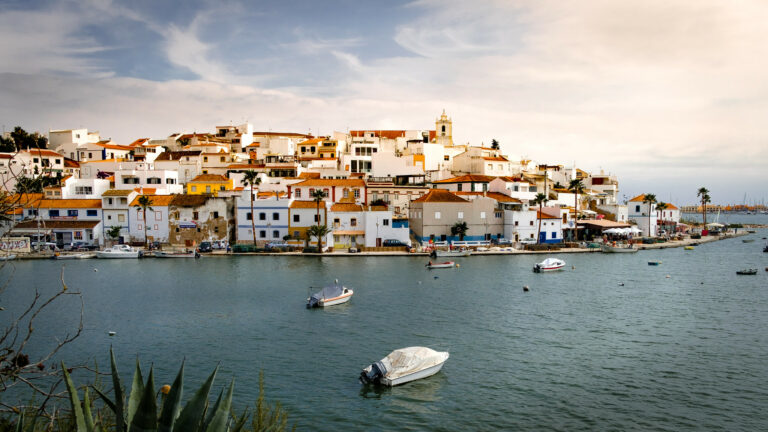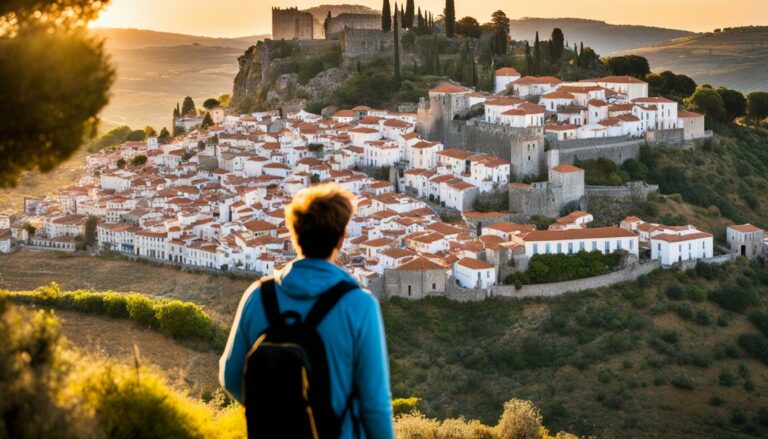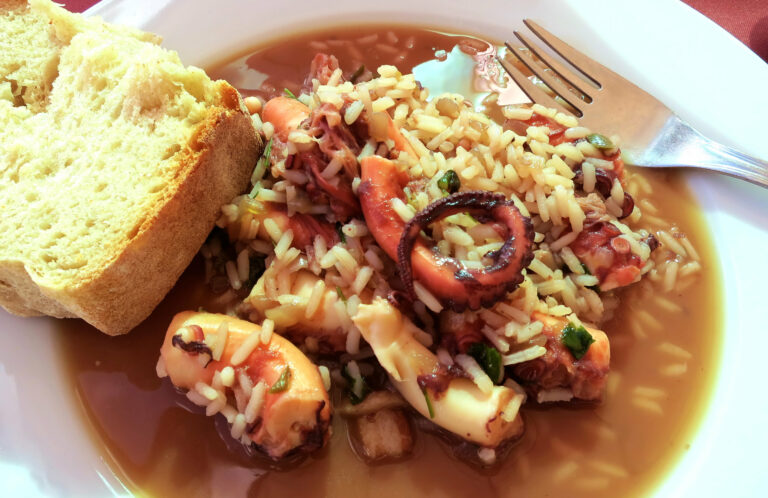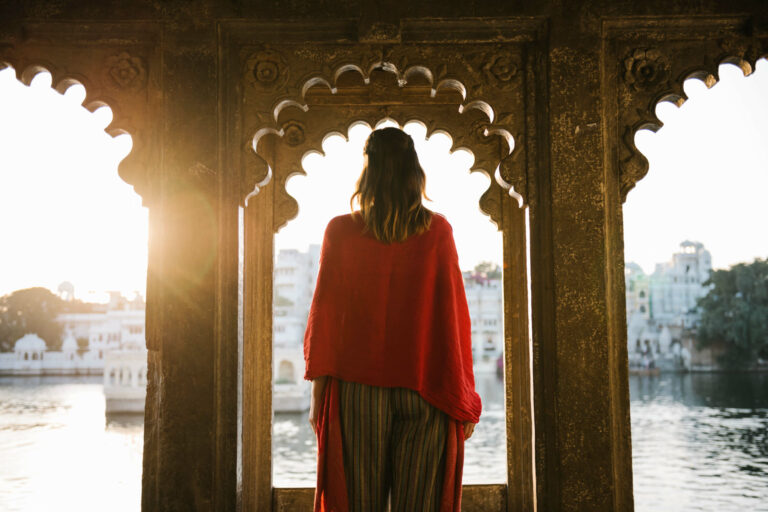Exploring and Bringing the Pagan Regions of Portugal Back to Life
When it comes to ancient pagan traditions and rituals, Portugal holds a fascinating secret. Scattered throughout the country are regions where Portuguese paganism is still alive and thriving. Exploring these pagan regions offers a unique opportunity to delve into the spiritual and mystical side of Portuguese culture. From pre-Lent festivals to fertility rituals, there is something very unique about experiencing the old pagan traditions and customs that have been preserved for generations.
Portugal is a very old country and a place where genetic and cultural diversity is very strong since it has been occupied by cultures from all over the world.
The culture that most influenced these pagan festivities still alive today was the Iberian-Celtic culture. At one point in history, Celtic civilizations from northern Europe came to the Iberian Peninsula and bred with the existing tribes.
These Celtic cultures did not have a religion, but they did perceive the Divine through contact with Nature and honoring its cycles. Later on, Christianity adopted these celebrations under different names with subtle changes and those celebrations are also part of Portugal’s most famous festivals.
The festivals addressed in this article are about parts of the country that have never adapted such festivities to Christian traditions and still celebrate events according to old pagan belief systems, dates, and symbols.
There is a profound connection and harmony between the Sacred and the Profane in Portugal, one that remains one of the most important symbols of the Portuguese heritage, allowing us to connect with something that transcends ourselves and puts us in contact with the spiritual world.
From the devilish creators of Podence to the whimsical traditions of Aigra Nova, each region offers a unique and enchanting experience.
The Pagan Carnivals of Portugal
These traditional festivals, known as Entrudos, take place in small villages in Portugal’s north and central regions.
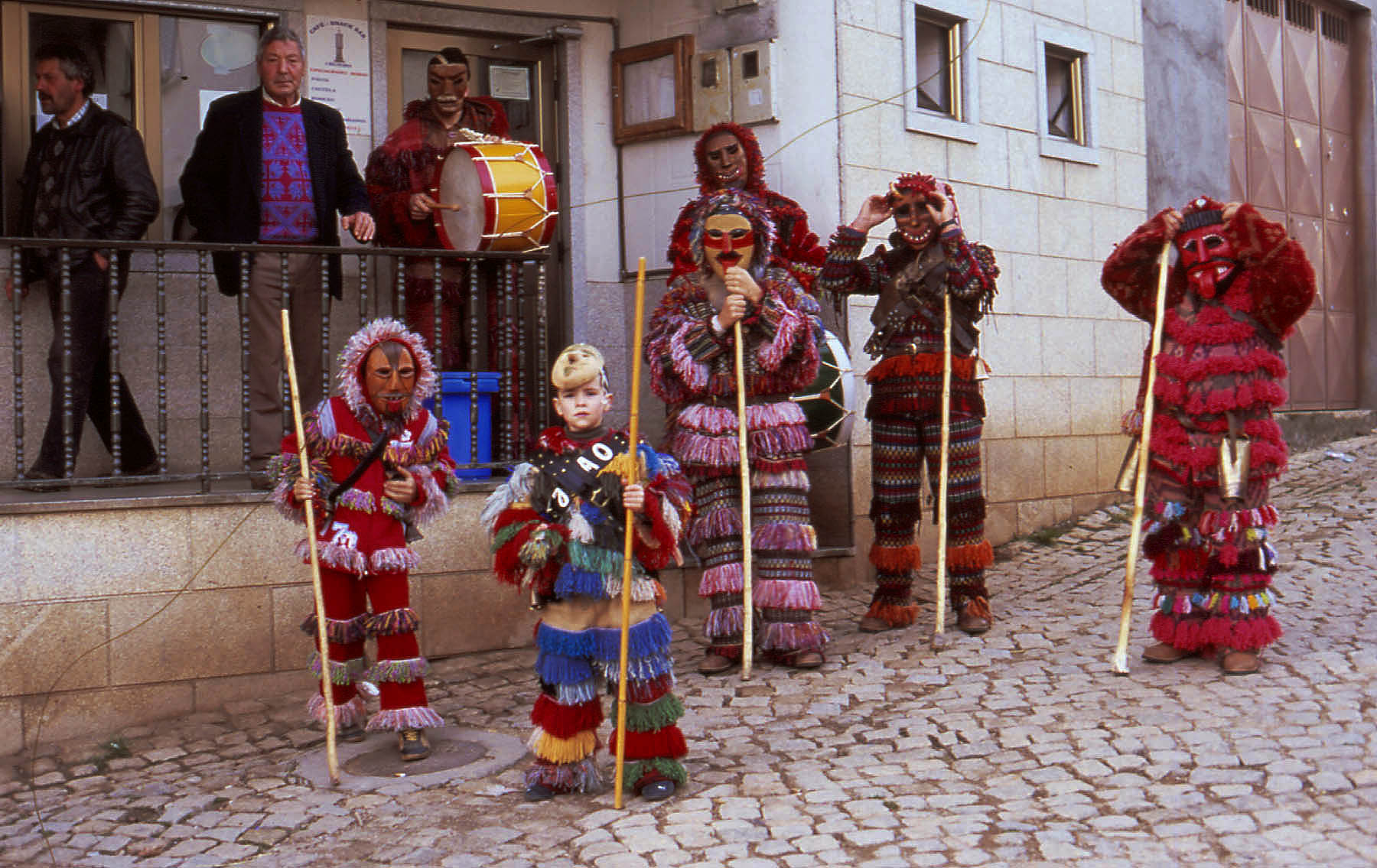
These carnivals have the following features in common:
- They are a chance for the locals to let loose and celebrate the end of winter.
- Filled with costumes, masks, and rituals, these carnivals are a window into the country’s ancient pagan traditions and a testament to the enduring presence of pagan traditions in Portugal’s culture.
- During these lively celebrations, the streets of these villages come alive with the vibrant energy of the locals.
- The atmosphere is electric, filled with laughter, music, and shared celebration. Everywhere you look, you see the beauty and creativity of the costumes and masks, each telling its unique story.
- Group of dancers clad in intricately designed animal costumes, moving in unison to the rhythm of drums. The energy they exuded is contagious, drawing us into their ancient dance and allowing us to feel a connection to a history that stretches back centuries.
- Seeking out girls to “rattle” is common practice.
- Burning of huge firepits
- Caretos and Chocalheiros are believed to be the embodiment of ancient spirits. They dance and roam the streets with their cowbells, creating a symphony of sound from early morning to night.
The Modern Revival of Pagan Traditions
In recent years, there has been a resurgence of interest in pagan traditions and rituals in Portugal. Organizations like Laboratório Colaborativo Montanhas de Investigação have worked tirelessly to revitalize the cultural heritage of Portugal’s interior and ensure the preservation of ancient traditions. Their efforts have been instrumental in bringing a pagan revival to the forefront of Portuguese cultural consciousness.
One shining example of this revival is the Caretos of Podence, a traditional carnival in the Trás-os-Montes region. The Caretos, wearing their iconic devilish masks and sheepskin costumes, roam the streets, invoking ancient pagan rituals and captivating onlookers with their mischievous dance.
We will share with you the best pagan festivities of Portugal and will begin with the Caretos of Podence. Feel free to feel inspired and prepared to let loose.
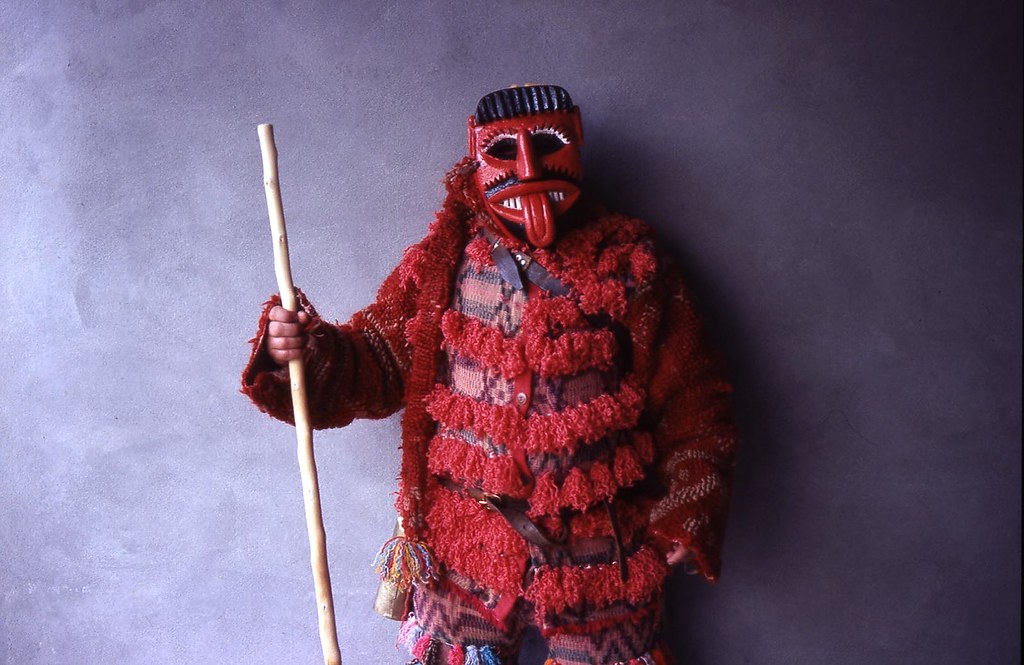
Podence: The Devilish Carnival
Located in the remote Trás-os-Montes region of Portugal, Podence is a small village steeped in ancient pagan traditions. Its most renowned celebration is the Entrudo Chocalheiro, a four-day carnival from over 2,000 years.
During this vibrant carnival, the streets of Podence come alive with masked devils known as creators. These mischievous figures, adorned with colorful costumes and cowbells, roam freely, spreading both laughter and chaos. These rituals symbolize fertility, the end of winter, and the beginning of a new cycle, spring, full of prosperity.
The sound of their cowbells fills the air, creating an otherworldly ambiance that captivates all who witness it and without a doubt that witnessing the Entrudo Chocalheiro is a journey back in time, immersing oneself in the rich tapestry of Portuguese folklore and cultural heritage. It is an experience that awakens the senses and transports visitors to a world where ancient pagan rituals still hold sway.
Aigra Nova: Reviving Old Carnival Traditions
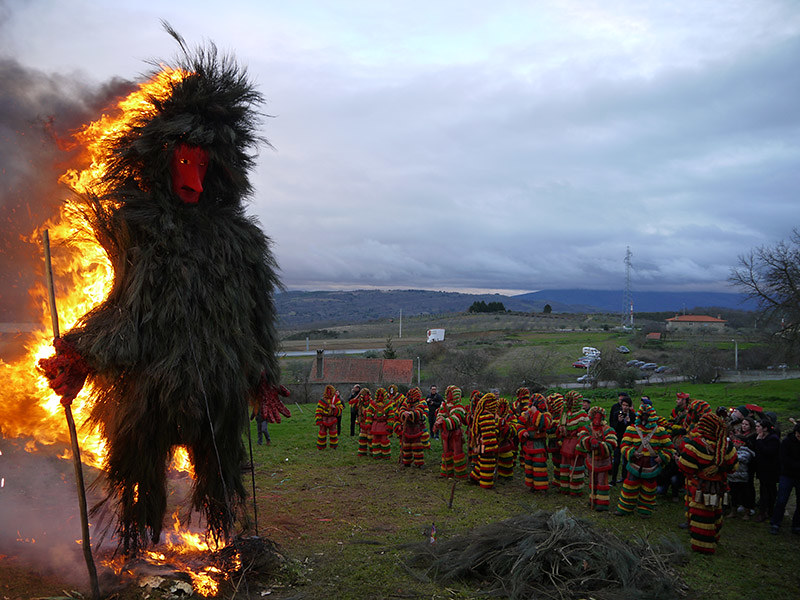
As you walk through the winding stone streets, you’ll be transported back in time, immersed in a world of wooden masks and vibrant costumes.
The tradition of entrudo in Aigra Nova is characterized by its emphasis on satire, mischief, and revelry. It is a time when people can temporarily shed their everyday identities and indulge in a world of make-believe. The villagers go to great lengths to create elaborate masks and costumes, each telling a story or representing a character from local folklore. These masks are often fashioned from natural materials found in the surrounding areas, adding an authentic touch to the festivities.
The Schist Villages of Góis: Preserving Cultural Heritage
By reviving the old carnival traditions, the Schist Villages of Góis are revitalizing not just their cultural heritage but also their sense of community. The carnival serves as an opportunity for young and old residents to come together, strengthen bonds, and pass down traditions to future generations.
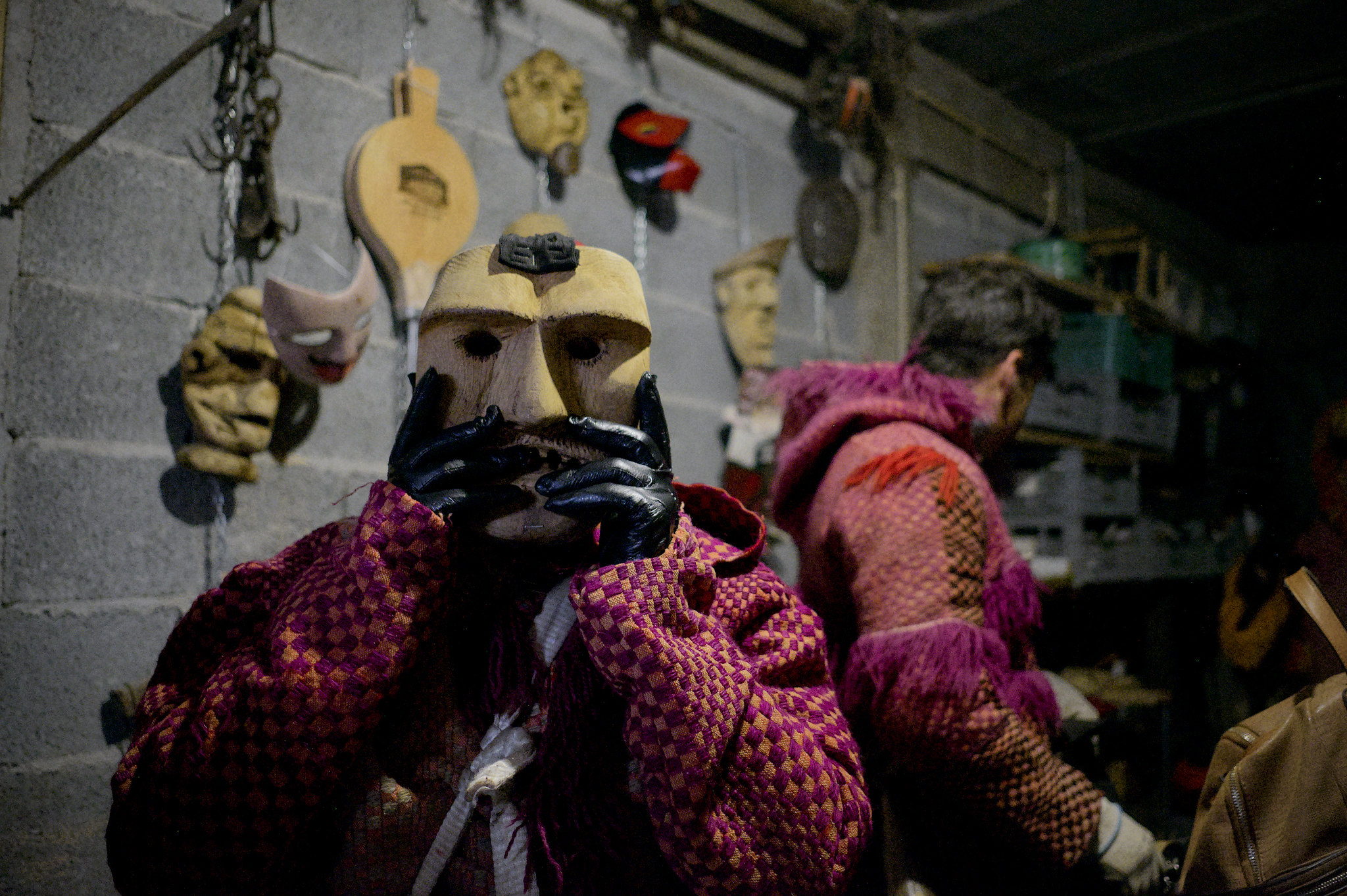
It’s an occasion that embodies the spirit of these rural villages – resilience, unity, and an unwavering connection to their roots.
At these villages and festivities, you can experience:
- Experience the enchantment of traditional wooden masks and costumes.
- Witness the spirited processions and lively music of the entrudo carnival.
- Explore the picturesque Schist Villages of Góis.
- Celebrate the preservation of cultural heritage and the resilience of these rural communities.
Lazarim: A Careto Carnival
This traditional celebration is deeply rooted in pagan rituals that have been passed down through generations, showcasing the enduring cultural heritage of Portugal.
During the Lazarim carnival, locals don colorful fringed woolen costumes that add to the festive atmosphere. These costumes, worn by both men and women, are adorned with intricate masks carved from chestnut wood. Each mask tells a story, depicting demons and mythical creatures that roam the streets during the carnival.
One of the highlights of the Lazarim carnival is the captivating mask-making tradition. Skilled artisans carefully craft these masks, using centuries-old techniques to ensure the authenticity and cultural significance of each piece. The masks beautifully capture the spirit of the carnival, adding an element of mystery and intrigue to the festivities.
Locals dressed as demons, known as “cares” joyfully roam the village, spreading mischief and seeking out girls to “rattle.” This playful pursuit symbolizes the banishing of evil spirits and the welcoming of a prosperous year ahead.
Ílhavo: The Cardadores Carnival
Ílhavo, a town steeped in tradition, hosts a vibrant and captivating carnival known as the Cardadores Carnival. This lively event showcases the unique culture and pagan folklore of Portugal.
During the Cardadores Carnival, the locals, known as Cardadores, adorn themselves in elaborate bird-like costumes. These vibrant outfits are complete with colorful headdresses and tinkling bells, adding to the festive atmosphere.
One of their unique customs involves seeking out girls to “card,” a symbolic act that marks the transition from winter to spring. This ancient pagan ritual is believed to bring good luck and fertility to the community.
Throughout the carnival, parades showcase the rich pagan folklore of the region. Vibrant floats, adorned with intricate designs and mythical symbols, depict fascinating stories passed down through generations. The costumes worn by participants reflect the diverse range of characters from Portuguese folklore.
Vila Boa de Ousilhão: The Mascara Carnival
Vila Boa de Ousilhão comes alive during the enchanting festival of The Devil’s Chocalheiros. Men dressed as demons roamed the streets, donning colorful fringed woolen costumes and masks made from chestnut wood or tin.
During this carnival, the masked men set out on a mischievous mission in search of girls to “rattle”. As stated before, this is a common tradition amongst most of these festivities. Just like all the other carnivals, this one, too, has lively, vibrant music, drums, singing, and pagan dances.
To know when and where to go or to get a more tailored experience, we recommend you to click here.
We hope this article inpired you to travel the more unbeated path of tourism, away from mass tourism crowds and back to the authenticity of this beautiful country.
To know where to go to Discover Portugal’s waterfalls and Cascades or learn about the 10 Best Places in Portugal to eat and learn about seafood we recommen you to have a look at the following articles:
Discover Portugal’s Waterfalls and Cascades (letsfly.co.uk)
10 Best Places in Portugal to Eat and Learn About Seafood (letsfly.co.uk)


